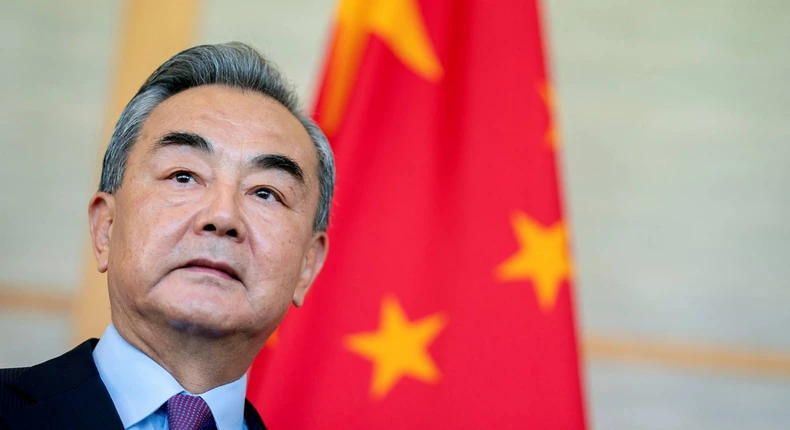Top Authors
Popular Posts
The Fastest-Growing Sectors in Nigeria’s Economy in 2025
Top 10 Highest-Grossing Movies in Nigeria’s Box Office (2025)
Trump Raises Antitrust Concerns Over Netflix–Warner Bros. Merger Deal
AI to Disrupt 40% of Global Jobs – IMF Warns
January 17, 2024
AI is likely to increase overall inequality in the global job...
Economic Recovery: Ghana Secures $3 Billion IMF Bailout
May 18, 2023
The International Monetary Fund (IMF) has granted Ghana a $3...
IMF Releases List of Fastest-Growing Economies in Sub-Saharan Africa
December 31, 2022
Sub-Saharan Africa’s recovery has been abruptly interrupted....
Nigeria Lead as African Diaspora Remittances Inch Closer to $100 Billion
December 7, 2022
The Monetary transfers from citizens of African countries based...
Nigeria’s Economy is in a State of Instability and Threatened by Many Factors – World Bank
September 26, 2022
World Bank reveals that Nigeria’s economy is volatile and...
China Writes Off 23 Interest-Free Loans To 17 African Countries
August 25, 2022
Some African countries are set to benefit from China’s $10...
Most Viewed
5 Bank Charges to Be Abolished from January 2026
November 11, 2025
NSE Endorses IEEE Summit 2025 as Nentawe Yilwatda Named Keynote Speaker
November 11, 2025

















